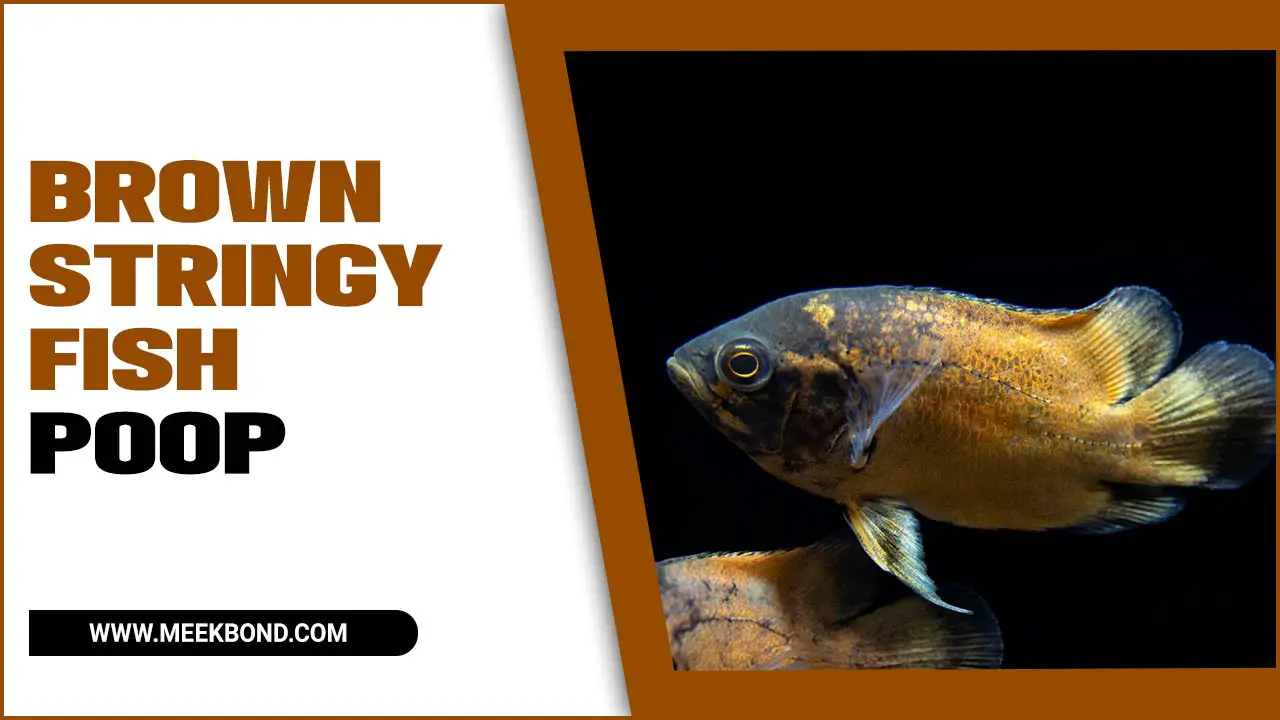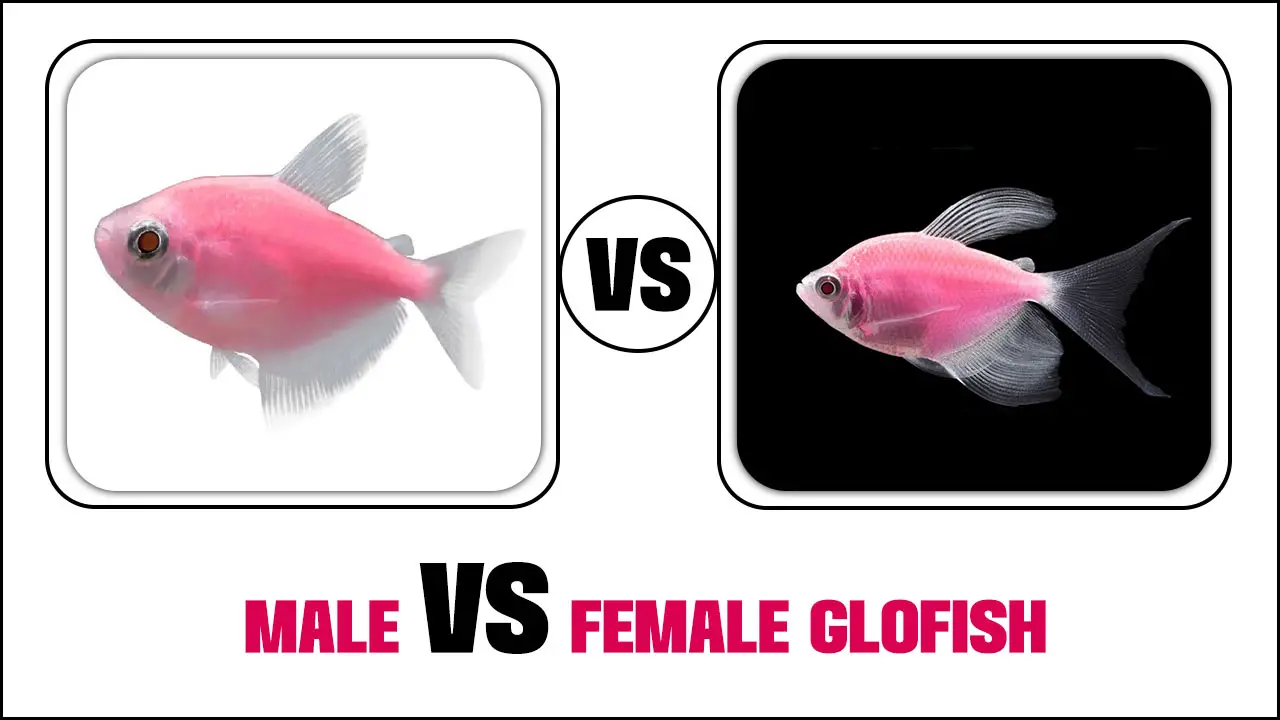Frog Dropsy, also known as “Bloat disease”, is a common and potentially fatal illness that affects amphibians worldwide.
This condition is caused by a bacterial infection, resulting in fluid buildup in the frog’s abdomen and other body parts. While it primarily affects frogs, other amphibians, such as toads and salamanders, can also be affected by this disease. Despite being a well-known and studied illness, the exact cause and prevalence of Frog Dropsy are still unclear.
With the right care and treatment, affected frogs can fully recover. We will delve into the details of Frog Dropsy, including its causes, symptoms, diagnosis, and treatment options. We will also discuss preventative measures that can be taken to protect our amphibian friends from this debilitating disease. So, let’s dive in and learn more about Frog Dropsy and how we can combat it.
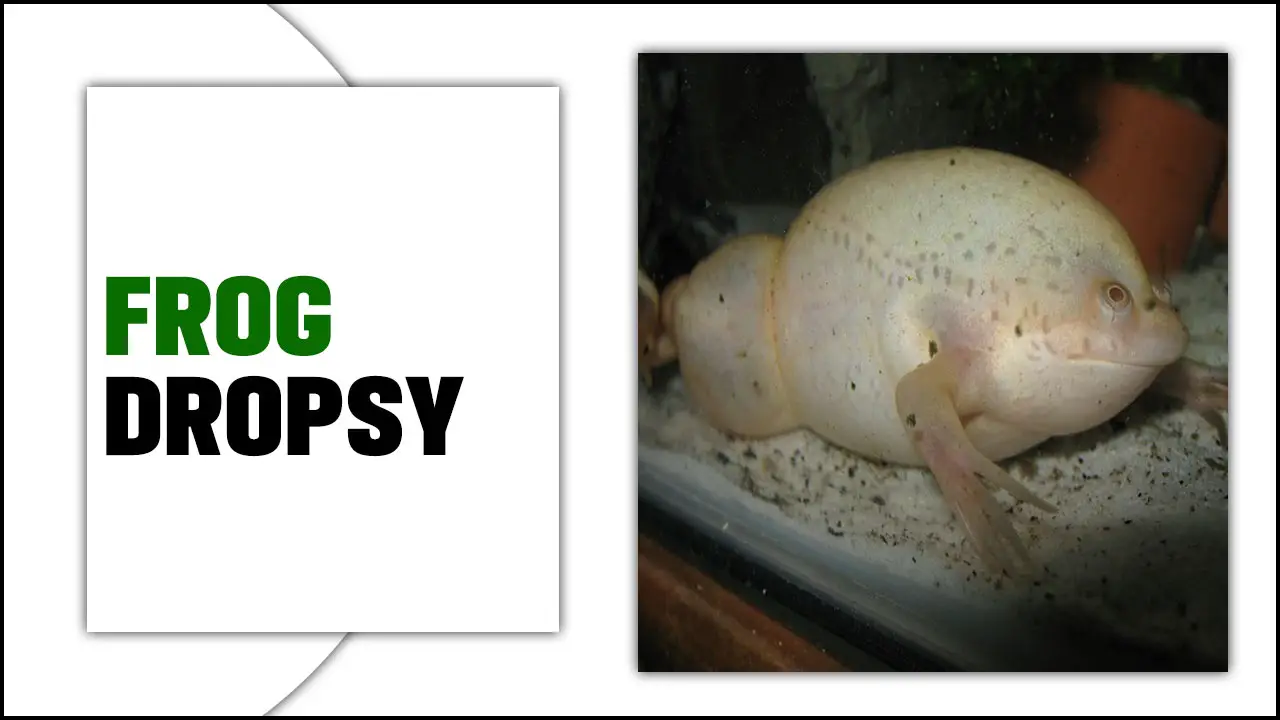
Common Causes Of Frog Dropsy
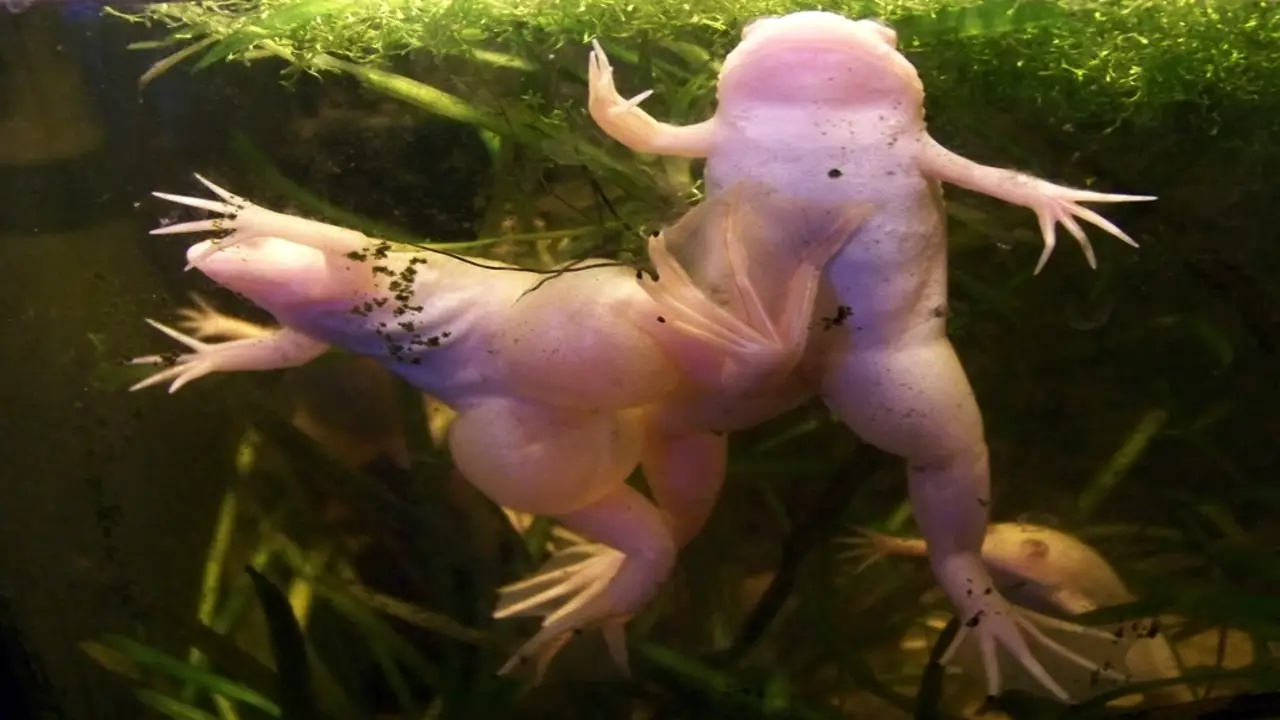
Causes of frog dropsy can be traced back to bacterial infections, such as Aeromonas, Pseudomonas, and Vibrio. Additionally, internal parasites like flukes and tapeworms can also contribute to the development of dropsy.
Poor water quality, characterized by dirty or poorly-maintained water, can weaken a frog’s immune system and make them susceptible to dropsy. Overfeeding or providing an improper diet can lead to digestive issues and ultimately result in dropsy. Lastly, stressful conditions like overcrowding or inadequate hiding places can further compromise a frog’s immune system and increase the risk of dropsy.
Water Quality
Poor water quality plays a significant role in the development of dropsy in frogs. High ammonia, nitrites, or nitrates can harm the frog’s health, leading to dropsy. Additionally, overcrowding and lack of proper filtration can contribute to poor water quality, further exacerbating the risk of dropsy.
To prevent this condition, it is crucial to regularly change the water, maintain proper filtration systems, and closely monitor water parameters. Frog owners can effectively prevent dropsy in their aquatic pets by ensuring optimal water quality. Furthermore, treating dropsy involves improving water quality and providing the frog with a well-balanced diet.
Impact Of Bacterial Or Viral Infections
Bacterial infections, such as Aeromonas or Pseudomonas, can result in dropsy in frogs, while viral infections, like ranavirus, can also lead to the condition. Dropsy occurs when excess fluids build up in the frog’s body due to the infection.
Treating the underlying infection with appropriate antibiotics or antiviral medications is crucial in addressing dropsy. To prevent bacterial or viral infections that cause dropsy, it is essential to maintain proper sanitation and hygiene practices in the frog’s environment. By prioritizing cleanliness and taking preventive measures, you can help your aquatic pet avoid the discomfort and potential complications of dropsy.
How Organ Failure And Skin Diseases Contribute To Dropsy

Organ failure, such as kidney and liver failure, can result in fluid buildup within the frog’s body, leading to dropsy. This condition occurs when there is an abnormal accumulation of lymph fluid, causing bloating and swelling in the frog’s abdomen.
Additionally, skin diseases like bacterial infections can disrupt the frog’s ability to regulate fluid levels, contributing to dropsy. It is essential to note that dropsy can also be caused by poor water quality or other environmental factors.
To treat dropsy in frogs, veterinarians may recommend antibiotics or diuretics to help remove excess fluid. Maintaining a healthy habitat and providing proper care can prevent dropsy in frogs altogether.
How To Diagnose Dropsy In Frogs?
Watch for signs such as a swollen, fluid-filled abdomen and raised scales to diagnose dropsy in frogs. It’s crucial to consult a veterinarian experienced in treating amphibians for an accurate diagnosis. Diagnostic tests may include blood work and imaging like X-rays or ultrasounds. Early diagnosis and prompt treatment are vital for the best chance of recovery.
Consequences Of Dropsy In Frogs
Dropsy in frogs can have serious consequences for their health. This condition is characterized by fluid buildup in their bodies, resulting in swelling and bloating. Poor water quality, bacterial infections, and liver or kidney failure are frogs’ most common causes of dropsy.
It is crucial to address the underlying cause to treat dropsy effectively. Treatment options may include antibiotics, fluid therapy, and supportive care. Monitoring water quality and providing a healthy environment for pet frogs can help prevent dropsy and other health issues. Dropsy can be fatal for frogs if left untreated, so seeking veterinary care promptly is vital.
Proven Treatments For Frog-Dropsy
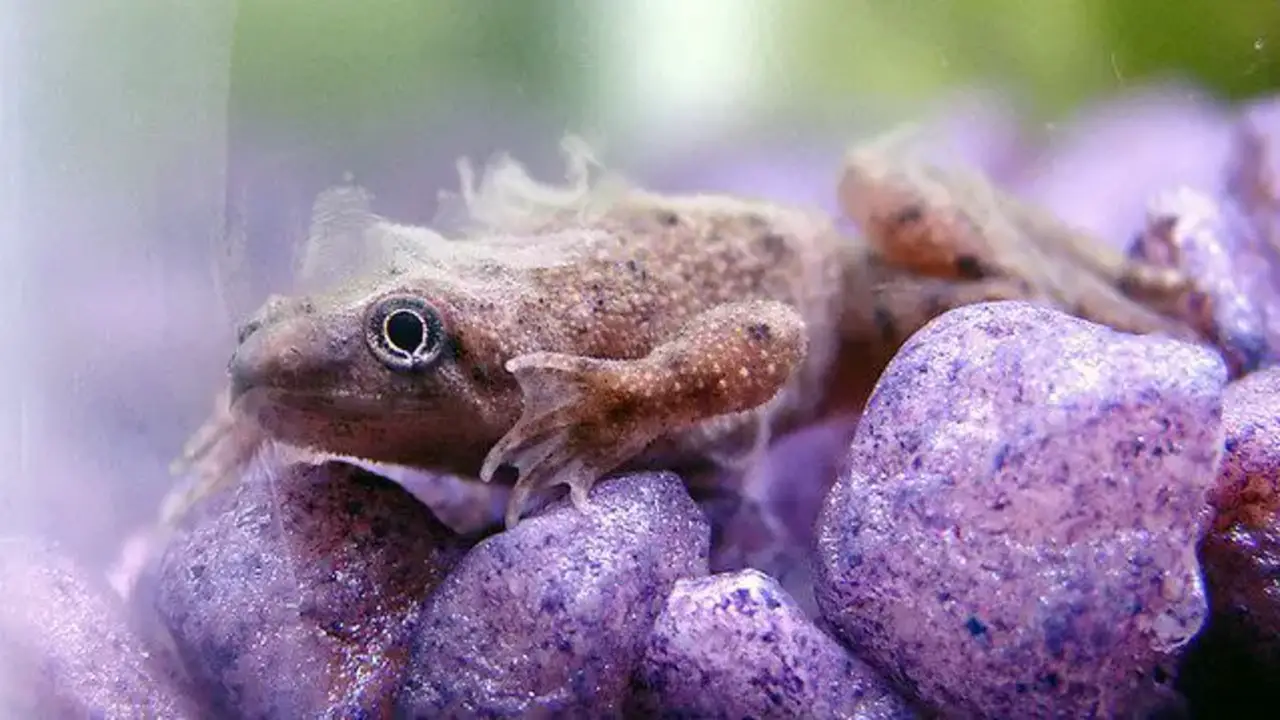
Effective treatments exist for frog-dropsy, characterized by swollen bellies and lethargy. Medication, frequent water changes, and maintaining good water quality are proven methods to combat this ailment. Frog-dropsy can be treated successfully by addressing the underlying causes and providing the necessary care, such as administering medication and ensuring a clean and suitable aquatic environment.
Additionally, supporting the immune system of your frogs through a balanced diet and proper nutrition can help prevent future health problems. Ensuring the well-being of your pet frogs is crucial in preventing discomfort and potentially fatal consequences.
Medical Interventions For Dropsy
Medical interventions play a crucial role in treating dropsy in frogs. One of the primary treatments involves using antibiotics to combat bacterial infections that may be causing the condition. Additionally, diuretics can help reduce fluid buildup in the frog’s body, alleviating symptoms of dropsy.
Salt baths are another intervention that can aid in regulating electrolyte balance and aiding in the treatment process. In severe cases, surgical intervention may be necessary to drain excess fluid or remove affected organs. However, it is important to note that prompt diagnosis and treatment are essential for successfully addressing dropsy in frogs.
The Importance Of Diet In Treating Dropsy
Maintaining a balanced and nutritious diet is crucial in treating dropsy in frogs. By providing high-quality food, you can boost their immune system and prevent the onset of dropsy. It’s important to avoid both overfeeding and underfeeding, as these can lead to obesity or malnutrition, respectively.
Various food options, including live prey such as brine shrimp and bloodworms, can provide essential nutrients that help prevent dropsy. Consulting with a veterinarian to create a tailored diet plan for your frog’s specific needs is highly recommended. You can effectively support their overall health and prevent dropsy by prioritising their nutrition.
Preventing Dropsy In Frogs
To prevent dropsy in frogs, it is crucial to maintain a clean and well-oxygenated habitat for them. Avoid overfeeding the frogs and ensure a balanced diet that meets their nutritional needs. Before introducing new frogs to an existing habitat, quarantine them to prevent the spread of diseases. Regularly monitor the health of the frogs and seek veterinary care if necessary.
It is also important to disinfect all equipment and accessories used in the frog’s habitat to prevent the transmission of infections. By following these preventive measures, you can help keep your pet frogs healthy and minimize the risk of dropsy.
Essential Tips To Avert Dropsy In Aquatic Frogs
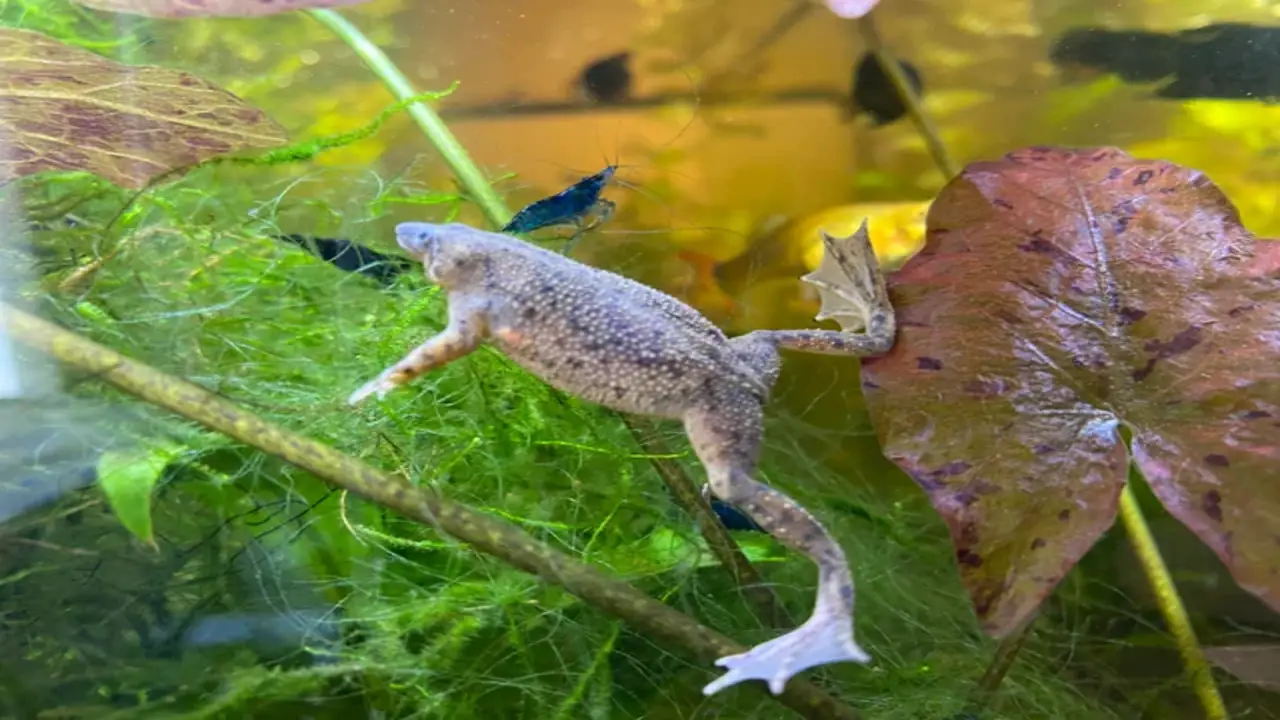
To ensure the well-being of your aquatic frogs and prevent dropsy, it is crucial to maintain clean water conditions in their habitat. Regular water changes and filtration are essential to free the water from toxins and contaminants.
Additionally, avoid overcrowding the tank as it can lead to poor water quality and stress on the frogs. Quarantine new frogs before introducing them to the existing aquarium to prevent the spread of diseases.
A nutritious and varied diet, including brine shrimp and bloodworms, will help keep the frogs healthy and boost their immune system. Regularly monitor the behavior and appearance of the frogs, and seek veterinary care immediately if any signs of illness, such as bloating or oedema, are observed.
Conclusion
Frog Dropsy is a serious condition that can negatively impact the health and well-being of frogs. It is crucial to understand the causes of dropsy, such as poor water quality, bacterial or viral infections, and organ failure. By diagnosing dropsy early on, you can take the necessary steps to provide the appropriate treatments, including medical interventions and a proper diet.
However, prevention is always better than cure. Taking proactive measures to maintain optimal water quality, regularly monitoring your frog’s health, and providing a balanced diet can help prevent dropsy in the first place. By prioritizing the health and well-being of your aquatic frogs, you can ensure they live long and healthy lives.
Frequently Asked Questions
Why Do Frogs Get Dropsy?
Dropsy in frogs occurs when their bodies retain fluids, leading to swelling. Poor water quality, parasites, stress, and a weakened immune system can cause this condition.
Can Frogs Recover From Bloat?
Frogs can indeed recover from bloat or dropsy with proper care and treatment. This often involves medication, adjusting their diet, and improving their living conditions. Identifying the underlying cause is crucial to prevent future occurrences.
Is Dropsy In African Dwarf Frogs Always Fatal?
Dropsy in African Dwarf Frogs may not always be fatal. With early detection and proper treatment, the chances of survival can increase. Treatment options include antibiotics, water changes, and supportive care.
Is There Any Way To Prevent It From Happening Again?
To prevent frog-dropsy from recurring, implement regular water changes and proper filtration to prevent bacterial buildup. Follow appropriate stocking guidelines to avoid overcrowding the tank. Quarantine new fish before introducing them to the aquarium.
Does The Species Of Frog Matter When Treating It?
The species of frog does matter when treating dropsy. Different species may have varying sensitivities to medications and environmental factors. It is crucial to consult a veterinarian experienced in treating frogs and research proper treatment methods.

Aquarium passion is all about connecting with the aquatic life and providing education to the public on the importance of these creatures. We showcase a wide variety of marine life through our exhibits as well as working with schools to provide unique learning opportunities for students of all ages.


